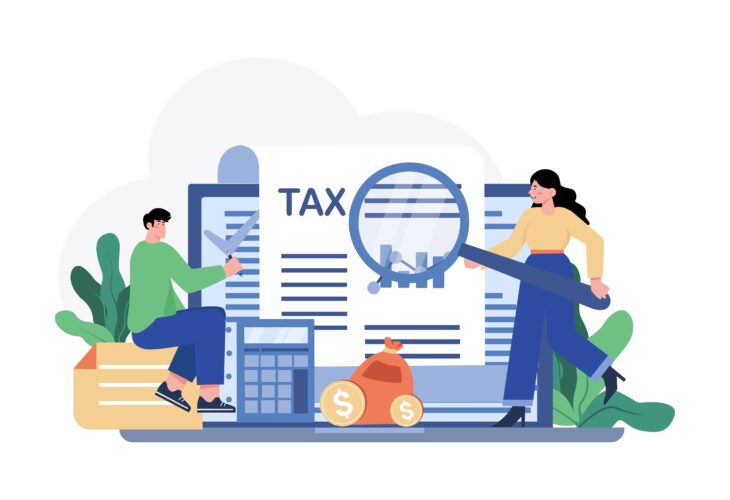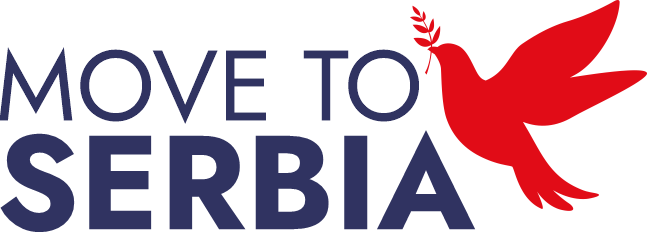Cost of Living in Serbia
December 15, 2024

If you have decided to start your business in Serbia, one of the most common questions is: “How much tax should I pay?” Companies in Serbia are most often established as independent entrepreneur and generaly there are two models of taxation. What is the difference and which model of taxation is better?
So-called lump-sum taxation method is a very popular choice due to the smaller volume of obligations and easier disposal of cash. In particular, the lump-sum taxation method entrepreneur is not obliged to keeps bookkeeping. Every day he is free to withdraw from the account about 1,280 euros without justifying the costs.
The decision on the amount of tax is made by the competent authority by a decision that submits to the entrepreneur every January and which is valid for that year. The entrepreneur is obliged to pay a fixed and pre-known amount of taxes and contributions for the previous month by the 15th of the month.
Another option for taxing entrepreneurs is an entrepreneur who keeps bookkeeping. Although, in principle, the entrepreneur is left with the option of choosing, there are certain cases in which lump-sum taxation method is not an option available.
Thus, a lump sum entrepreneur whose annual turnover exceeds 6,000,000 dinars or 8,000,000 dinars in the last 365 consecutive days is obliged to keep bookkeeping. Entrepreneurs engaged in advertising and market research, catering, real estate, finance and goods sales are also obliged to keep business books.
For those entrepreneurs who have opted for bookkeeping, taxation is carried out according to the realized income. In this case, there are two options: self-taxation and salary payment.
For both variants, it is necessary to have an engaged professional who will be in charge of bookkeeping. Usually, this part of the job is outsourced to accounting agencies. In both models of taxation, the obligation to pay taxes and contributions is the last day of the month for the previous month.
In this model of taxation, the tax is paid on the realized profits, that is, the difference between income and expenditure. Since at the beginning of the calendar year this information is not known, the entrepreneur submits to the competent authority the amount of profit that he estimates he will achieve. If at the end of the calendar year, the difference from planned profit will be reimbursed.
In this model of taxation, an entrepreneur can pay himself a salary, but it does not represent an expense – it does not reduce taxes.
The entrepreneur decided to be his own employer and defined his own earnings. The amount of earnings determines the amount of taxes and contributions. In this case, earnings are treated as an expense recognized in the tax balance and reduce the amount of taxes.
The essential difference from the previous model is that the tax rates are the same as if an entrepreneur were employed.
Additionally the entrepreneur also has the obligation to pay taxes on income (the difference between income and expenses).

Leave Your Comment